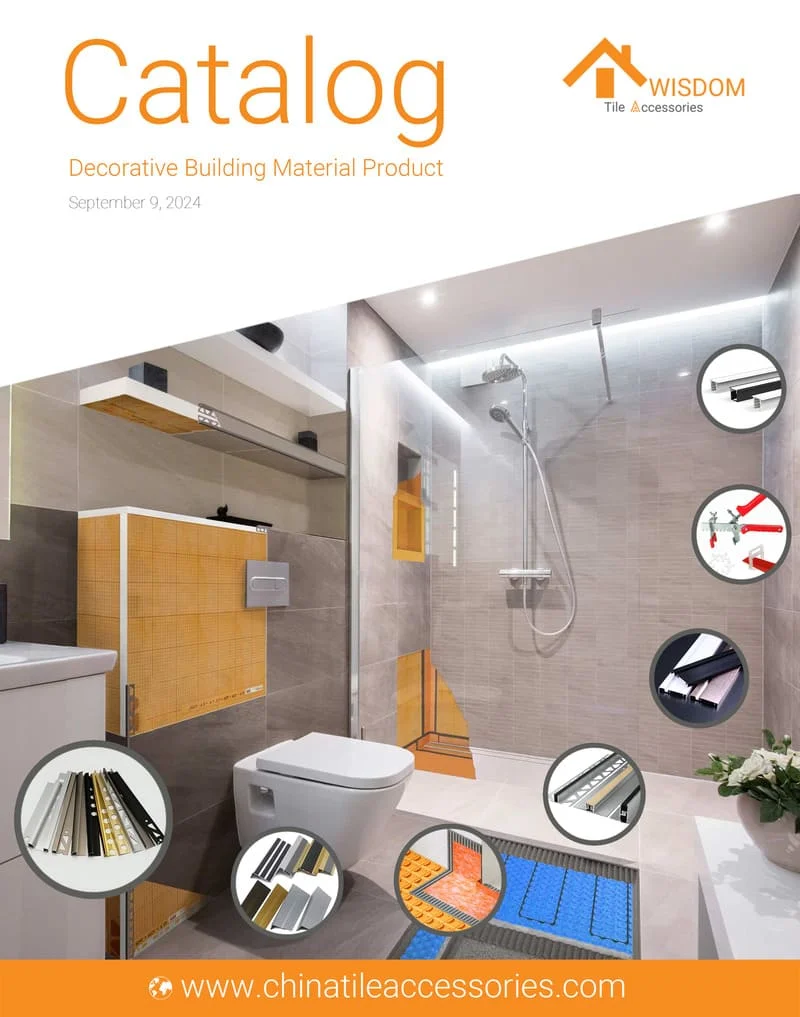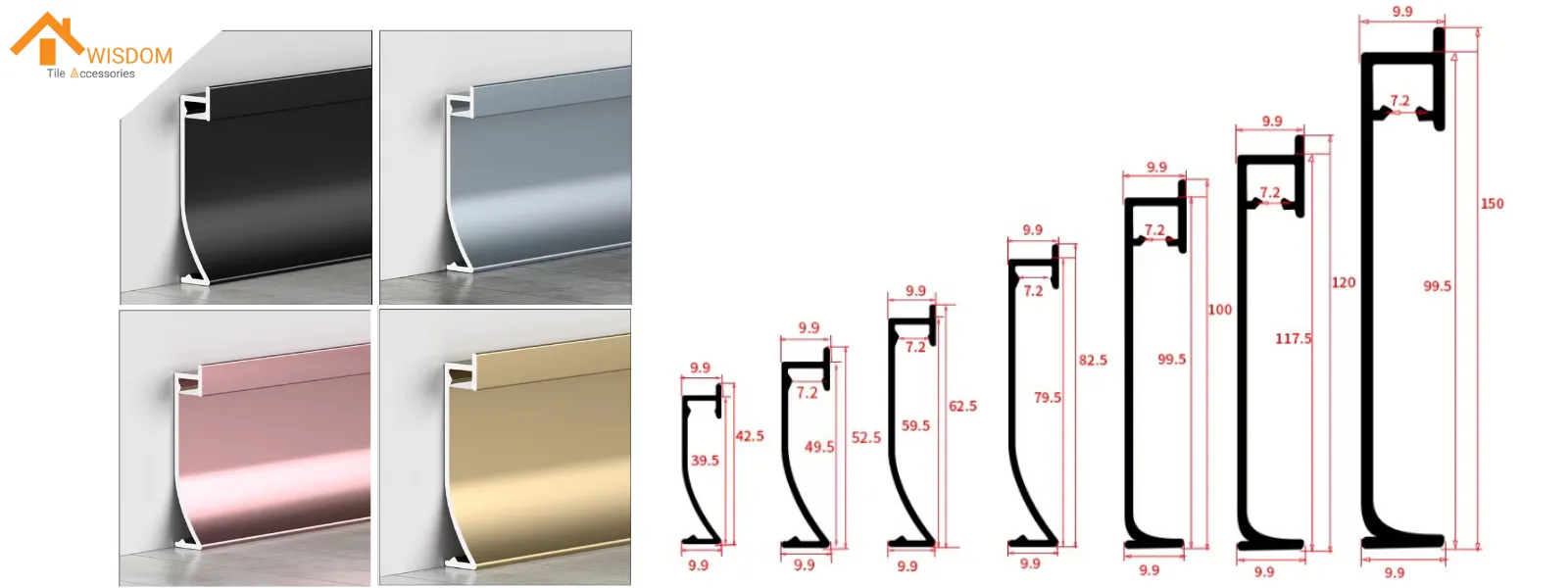
A room's LED skirting can elevate the architecture or detract from it. A well-chosen profile creates a sophisticated wash of light, appearing as a natural extension of the wall. A poorly chosen one, however, draws the eye for all the wrong reasons. The difference often comes down to a single factor: the skirting board height. This guide covers the relationship between that height, your ceiling, and the final lighting effect you wish to achieve.
The Starting Point: A Simple Height Rule
A trusted guideline in architectural design provides a reliable mathematical start. The ideal skirting height is often considered to be around 1/18th of the total ceiling height. This isn't an arbitrary number. It stems from classical principles of proportion, aiming for a visual harmony where the skirting board has a clear presence without dominating the wall.
For a standard 2.7-meter ceiling (2700mm), the calculation is straightforward: 2700mm divided by 18 gives you 150mm. This simple math provides a solid, evidence-based answer to the common question of "how high should I go?". It moves the decision away from guesswork and into the realm of intentional design.
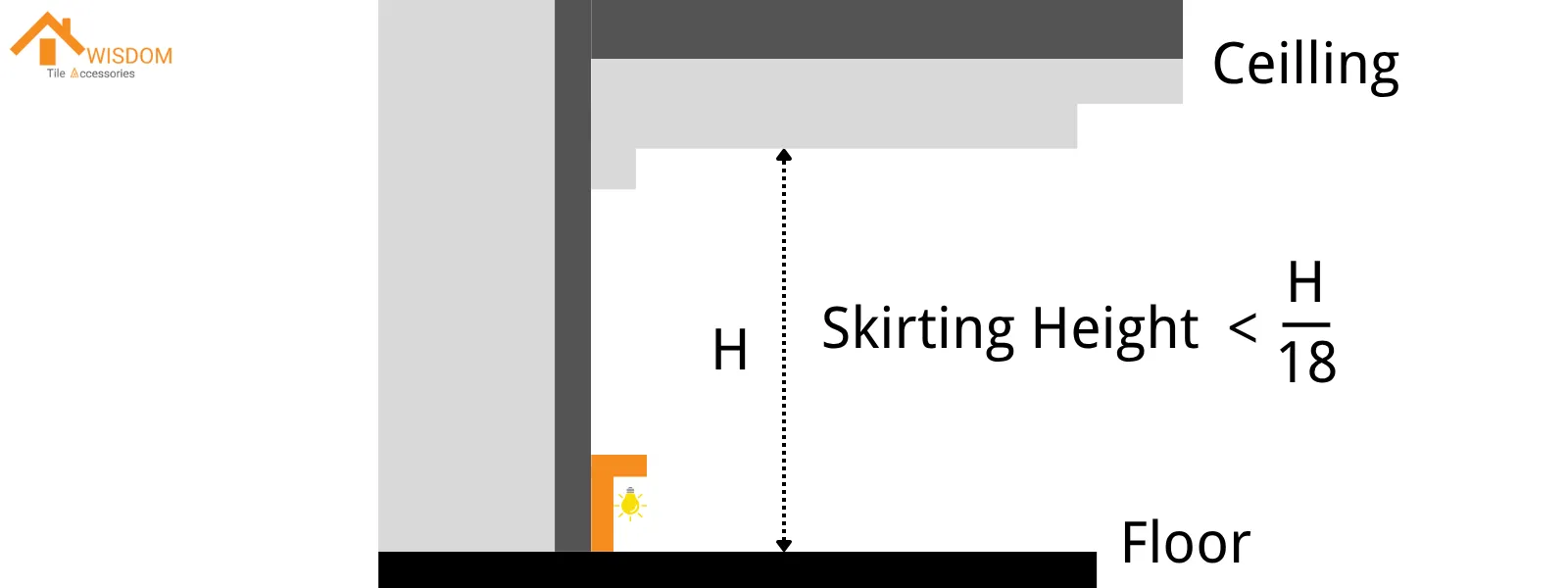
Think of this 1/18th rule as a professional starting point, not an unbreakable law. It gives you a dimension that is almost certain to look good. From here, you can then confidently adjust up or down based on the specific style of your space and the lighting effect you want to achieve, which we will cover next.
Recommended Heights by Ceiling Dimension
This principle can be translated into practical ranges for common architectural scenarios. The following data synthesizes recommendations from architectural suppliers and design professionals, offering a solid framework for selection.
Ceiling Height | Recommended Skirting Height | Common Application |
|---|---|---|
2.1m – 2.4m | 70mm – 145mm | Standard new builds, minimalist interiors |
2.4m – 2.7m | 145mm – 195mm | High-end residential, versatile spaces |
2.7m – 3.0m | 195mm – 270mm | Victorian conversions, grand reception rooms |
3.0m+ | 270mm+ | Period restoration, commercial lobbies |
Ceiling Height and Room Size
The figures in the table relate directly to visual proportion, a critical factor in how a room feels. In a room with high ceilings, a short skirting board can look lost and insignificant, like a badly-fitted suit. A taller profile, in contrast, provides a substantial visual anchor. It grounds the walls, preventing them from feeling like they are floating and giving the entire room a sense of permanence and intentional design.
The opposite is true in a smaller room or one with lower ceilings. Here, an overly tall skirting profile can feel top-heavy and oppressive. It draws too much attention to the floor, visually compressing the vertical space and making the room seem smaller and more cramped. The goal is always to achieve a natural balance, where the skirting complements the scale of the room rather than competing with it for attention.
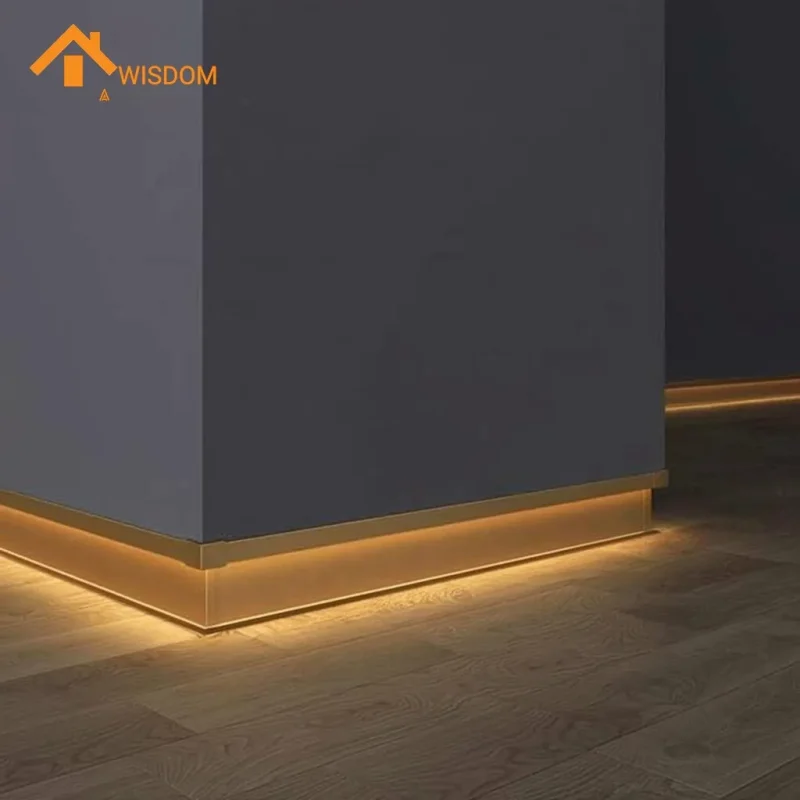
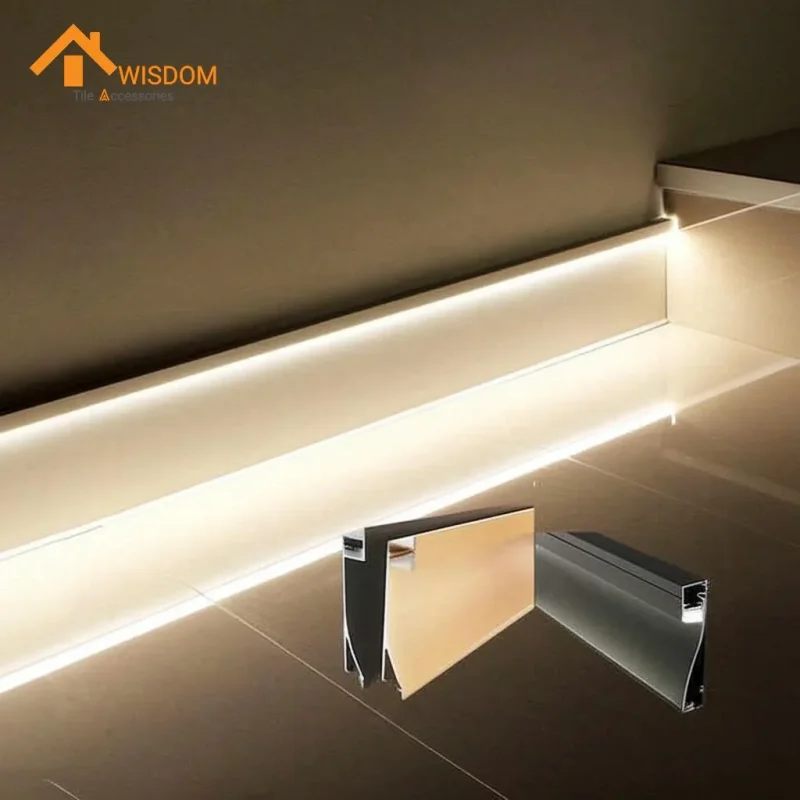
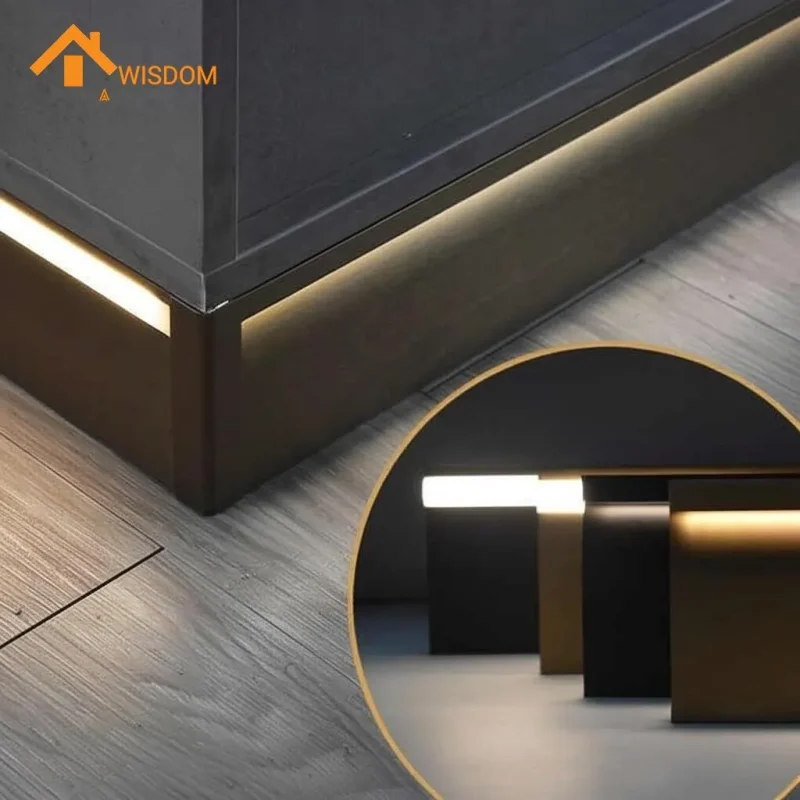
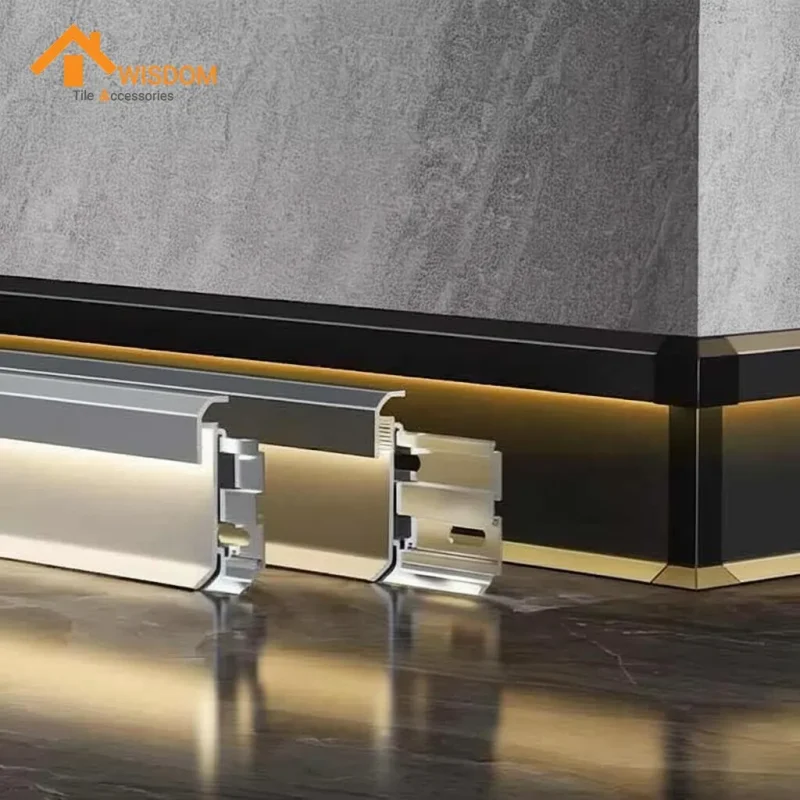
Desired Lighting Function
The height of an LED skirting profile directly influences the behavior and effect of the light it emits. The function of the light, whether for general ambiance or as a specific feature, should inform the height selection.
Ambient and Pathway Lighting
For a soft, wide wash of light across the floor, a taller profile is generally more effective. Heights of 100mm and above position the LED source further from the floor. This increased distance allows the light to spread more broadly and evenly, creating a gentle, diffuse glow ideal for setting a mood or for safe navigation in hallways and on stairs.
Accent and Feature Lighting
To create a sharp, defined line of light that grazes the very edge of the floor, a shorter profile is often used. Heights in the 70mm to 95mm range keep the light source close to the floor surface. This placement results in a tighter, more concentrated band of illumination, suitable for creating a distinct, graphic effect or accentuating a specific perimeter.
Interior Design Style
Architectural style provides the final layer of context for any height selection. The skirting must feel native to the overall design language of the space.
Modern and Minimalist Styles
These designs favor clean lines. A slim profile, often between 70mm and 145mm, is a frequent choice for a discreet finish. However, a prominent trend in high-end modernism involves using very tall skirting boards (185mm+) that have a simple, flat-faced profile. This approach uses scale, rather than ornamentation, to make a bold and intentional statement.
Traditional and Period Styles
Architectural styles such as Georgian, Victorian, and Edwardian are defined by grander proportions and more extensive trim work, including dado rails and elaborate architraves. To maintain visual balance, these interiors demand taller skirting boards. Heights of 170mm or more are necessary to hold their own and complement the other substantial architectural details.
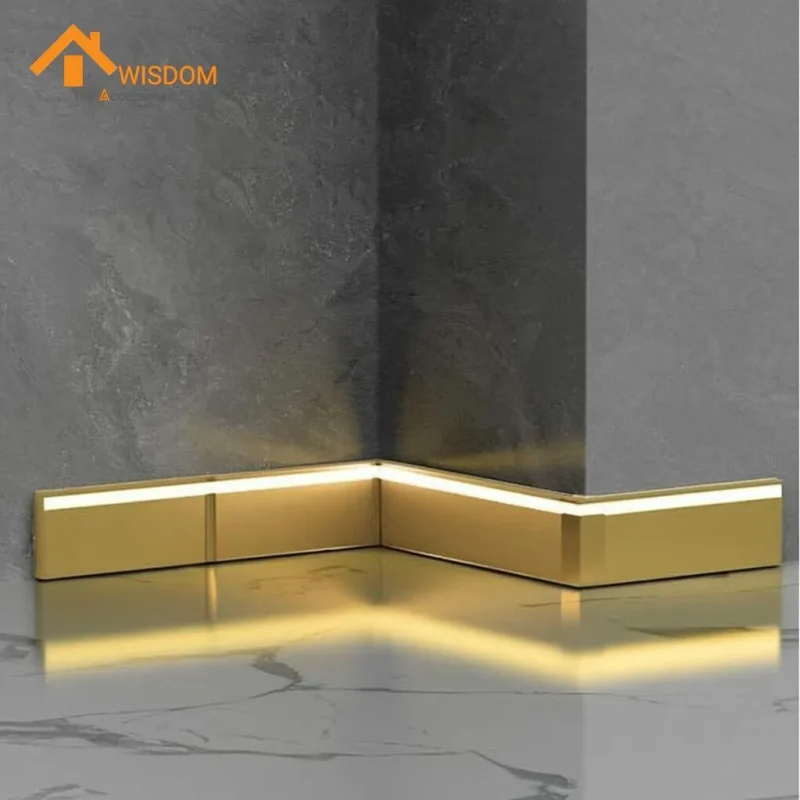
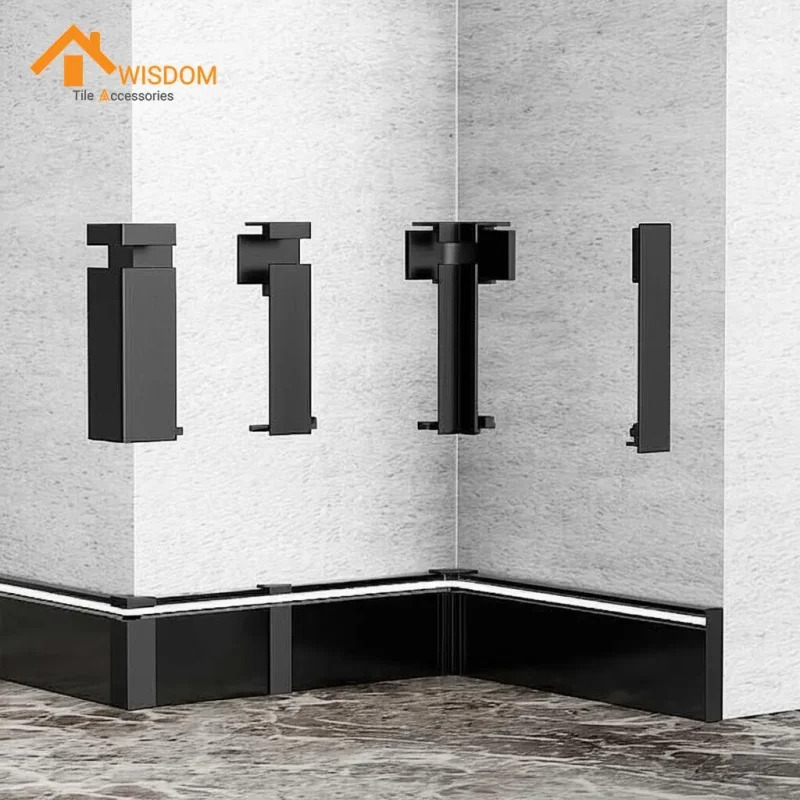
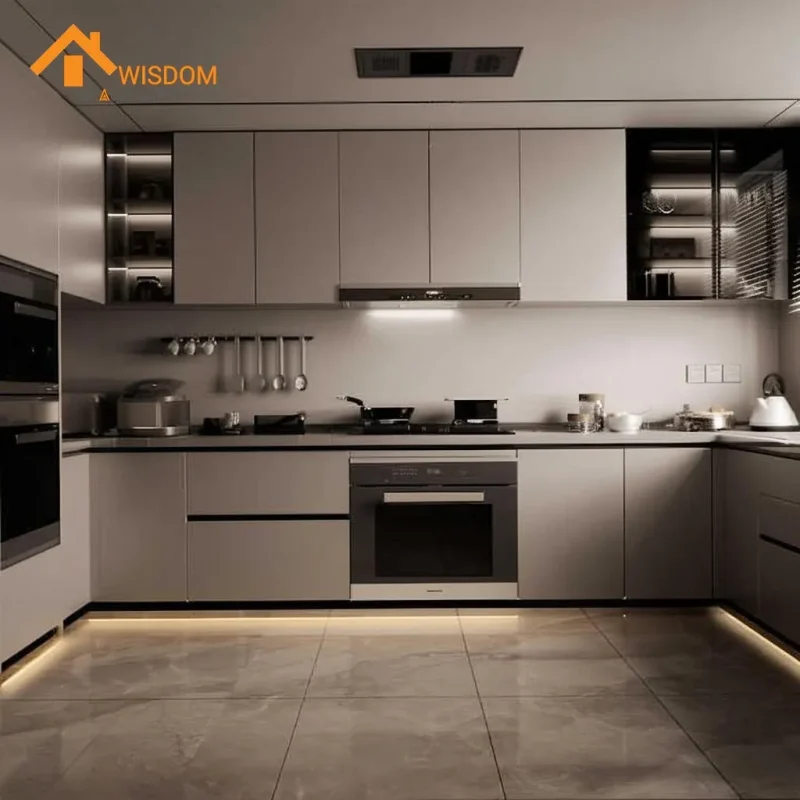
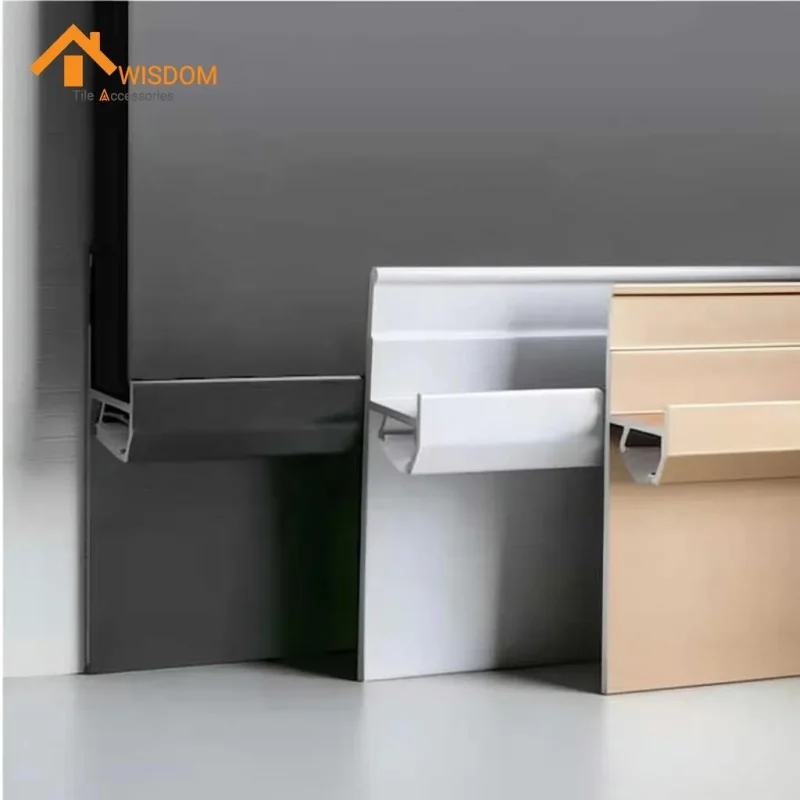
Material Selection for LED Skirting
The material of an LED skirting profile is not just a finish. It is a functional component of the lighting system, directly impacting its performance and lifespan. The choice between aluminum and stainless steel is a technical decision based on the intended application.
Aluminum for Thermal Performance
The primary role of the metal profile is to serve as a heat sink. LED components generate heat, and if not managed, this heat will degrade the LED chips, causing them to fail prematurely or shift in color. Aluminum, specifically 6063-T5 grade, is an excellent thermal conductor. It effectively draws heat away from the LED strip, ensuring stable operation and protecting the longevity of the light source. This makes it the standard for high-performance residential and most commercial applications.
Stainless Steel for High Traffic Areas
Stainless steel is selected when durability is the overriding factor. Its superior strength and resistance to impact and corrosion make it the appropriate choice for environments like hotel corridors, retail spaces, hospitals, or wet areas such as bathrooms. It provides unmatched protection for the wall and the lighting components within.
Pro Tip: A Note on Heat and Material Choice
Aluminum's thermal conductivity is over ten times greater than stainless steel's. For high-power LED strips (above 15W/meter) or for lights intended for long-duration use, an aluminum profile is required for effective heat dissipation. Stainless steel can be a suitable choice for low-power accent lighting or for intermittent use, such as with a motion sensor, where heat build-up is minimal.
Achieving a High-End Look
The difference between a sophisticated lighting installation and one that appears cheap is in the details of the light itself. A tasteful outcome is the result of deliberate technical and design choices.
The Dotless Glow: COB vs. SMD
Visible dots of light are the most common failure of amateur installations. This effect is avoided by selecting the right components. COB (Chip-on-Board) LED technology provides a continuous, seamless line of light by design, making it the superior choice for a flawless look. Traditional SMD (Surface-Mounted Device) strips have individual light points. While powerful, they require a profile with sufficient internal depth and a high-quality opal diffuser to blend the light and eliminate spotting.
Correct Light Color Temperature
The color of the light sets the mood. For residential spaces, a warm white color temperature between 2700K and 3000K creates an inviting and comfortable atmosphere. Cooler temperatures (4000K and above) can appear clinical or institutional and are typically reserved for commercial or task-oriented environments.
>> See 3000K Vs 4000K Vs 5000K Vs 6000K: How to Choose LED Color
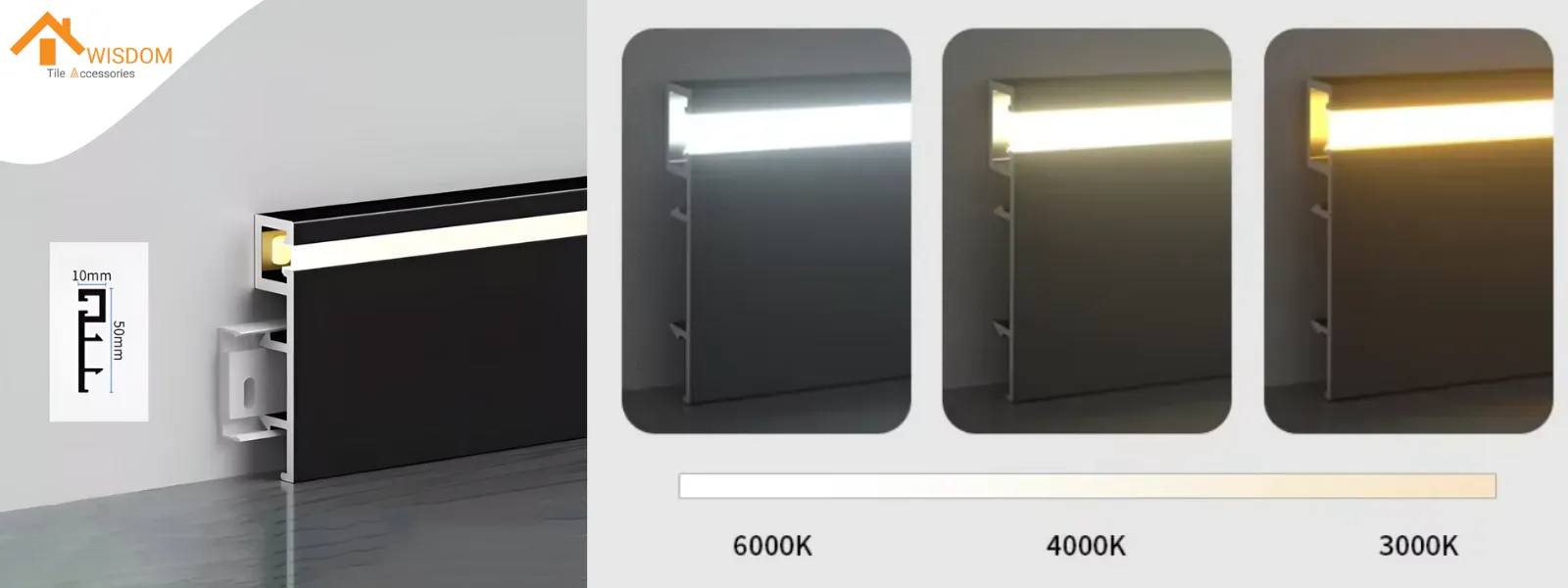
Dimmers and Motion Sensors
Integrating controls elevates the system from static lighting to a dynamic feature. Dimmers allow the brightness to be adjusted for any mood or occasion. Passive infrared (PIR) motion sensors provide automated, on-demand pathway lighting, adding a layer of convenience and safety, particularly for nighttime navigation.
Practical Installation Factors
A professional finish depends on anticipating real-world site conditions. Two factors commonly impact the final appearance of the skirting board height.
Flooring Thickness Impact
The specified height of a skirting board is not the same as its visible height after installation. The thickness of the flooring material will obscure the bottom portion of the profile.
Did You Know? Flooring's Effect on Visible Height
- Thick Carpet: Can hide 10mm to 20mm of the skirting.
- Solid Wood / Laminate: Can hide 8mm to 22mm.
- Tile (with adhesive): Can hide 10mm to 15mm.
This must be factored into your height selection to ensure the final visible portion is as intended.
Relation to Door Architraves
The skirting should appear harmonious with other trim. A common design rule dictates that the skirting board should be taller than the door architrave is wide. Where this is not possible or for a more deliberate transition, a skirting block can be used.
Expert Tip: Using a Skirting Block
A skirting block is a square, solid piece of material (often wood) placed at the base of the door architrave. It is slightly thicker and taller than the skirting board. The skirting board runs into the side of the block, and the architrave sits on top of it. This creates a clean, intentional stopping point and resolves the awkward transition between two different profiles.
Frequently Asked Questions
What is the most popular height for LED skirting?
While there is no single mandated standard, a clear trend exists towards taller profiles. Heights in the 100mm to 150mm range are increasingly popular for modern homes. This provides a substantial visual presence and allows for better light diffusion without overwhelming most standard rooms.
Can LED skirting boards be too tall?
Yes, in rooms with low ceilings (below 2.4m) or in very small spaces. An excessively tall profile in such a room can feel disproportionate and top-heavy, making the space feel smaller. The key is maintaining a sense of scale between the ceiling height and the skirting.
Does a tall skirting board make a room feel smaller?
Not necessarily, as this effect is determined by color choice. A tall skirting board in a color that contrasts with the wall will draw a strong horizontal line, which can make the wall appear shorter. However, painting the tall skirting the same color as the wall creates a seamless plane that visually elongates the wall, making the ceiling feel higher.
Should skirting height be consistent in every room?
For visual continuity, keeping a consistent height is the most common practice. However, it is an accepted and effective design choice to vary the height based on the room's function and scale. For example, using a taller profile in a grand living room and a more standard height in bedrooms is perfectly appropriate.
Conclusion
Choosing the right height is about achieving balance. Use the 1/18th rule as a trusted starting point, not a restrictive law. From there, consider the room's scale and your chosen style. A successful installation is one that integrates quietly. It doesn't draw attention to itself, but to the clean wash of light and the solid, finished feel it brings to the space.


